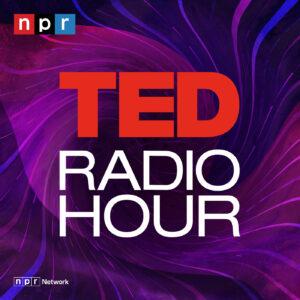
In this episode of “Stuff You Should Know,” the hosts explore the fascinating world of learning a foreign language. They discuss the critical period hypothesis, different theories of language acquisition, and the benefits of bilingualism. Whether you’re a language enthusiast or simply curious about how our brains process language, this episode has something for everyone.
The critical period hypothesis suggests that there is a specific window of time in childhood when the brain is most receptive to language learning. However, there is ongoing debate about the validity of this hypothesis and the extent of language learning difficulty after this period. It is important to note that active learning is crucial for language acquisition, even beyond the critical period.
Two competing theories of language acquisition are behaviorism and nativism. Behaviorism posits that language learning is similar to verbal behavior and can be reinforced through praise or punishment. In contrast, nativism proposes that humans have an innate ability to speak languages and utilize a universal grammar. Noam Chomsky’s work has significantly contributed to the understanding of universal grammar and the language acquisition device.
Children have a remarkable aptitude for learning languages, with the critical period typically ending around mid-teens. While learning a second language is generally easier for children, adults can still acquire new languages due to the brain’s plasticity and active learning. Bilingual children not only avoid learning delays but also demonstrate enhanced problem-solving skills.
The brain’s language processing areas include Broca’s area, responsible for language production, Wernicke’s area, responsible for comprehension, and the angular gyrus, which connects the two. Damage to Wernicke’s area can lead to speech that lacks coherence, while damage to Broca’s area still allows for limited communication. In adults, language areas are predominantly located in the left hemisphere, while children’s brains exhibit more widespread activation during language acquisition.
Bilingual individuals often possess higher levels of empathy and conflict management skills. They also perform better on cognitive tests, such as those measuring semantic conflicts. Additionally, learning a language provides a mental workout that may reduce the risk of Alzheimer’s disease. Bilingualism not only enhances cognitive abilities but also gives individuals a perceived intellectual advantage.
Learning a foreign language is a fascinating journey that offers numerous cognitive and social benefits. While the critical period hypothesis and theories of language acquisition provide valuable insights, it is important to remember that active learning and brain plasticity play significant roles in language acquisition at any age. Whether you’re a child or an adult, embarking on the path of language learning can open doors to new cultures, enhance problem-solving skills, and keep your brain sharp.